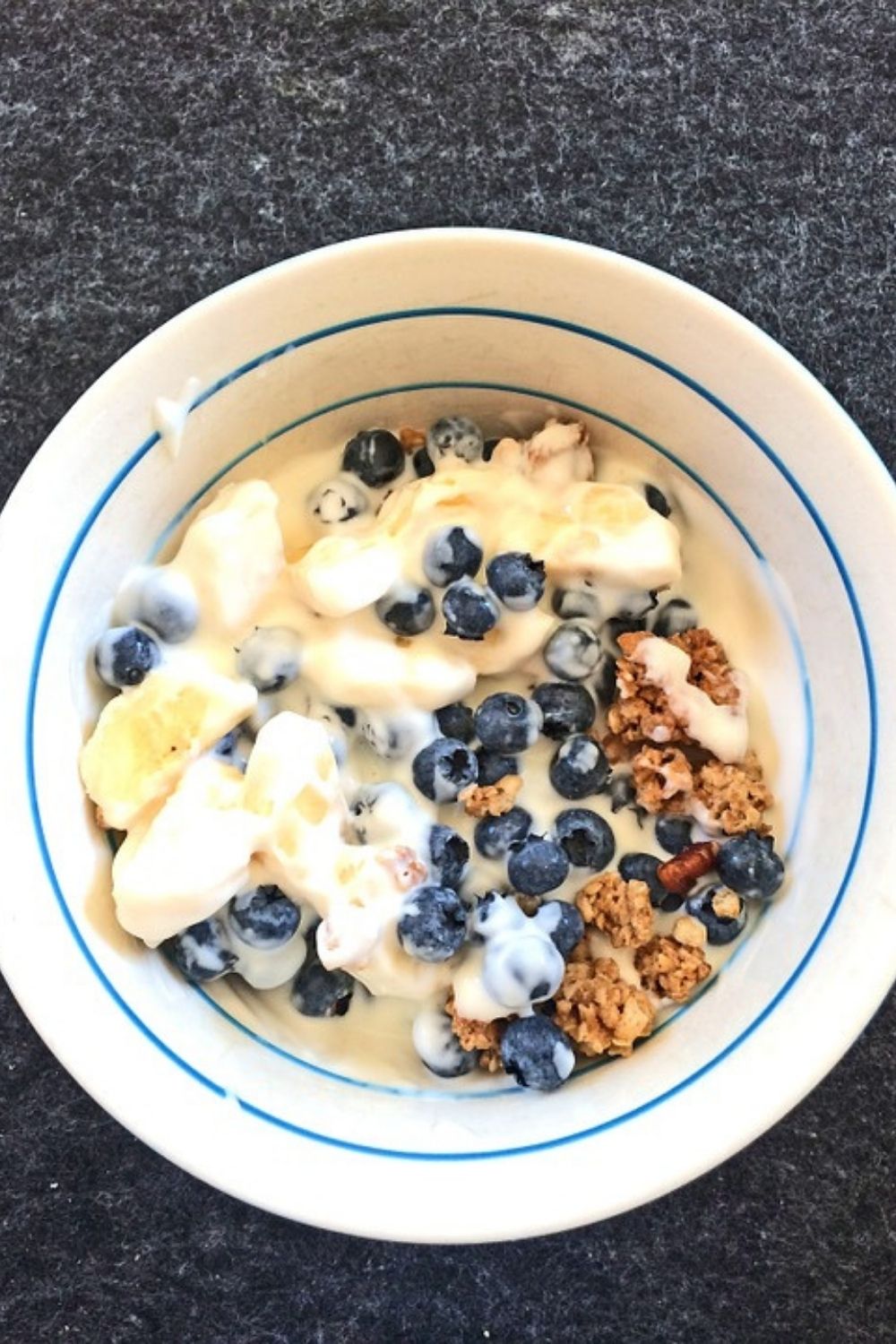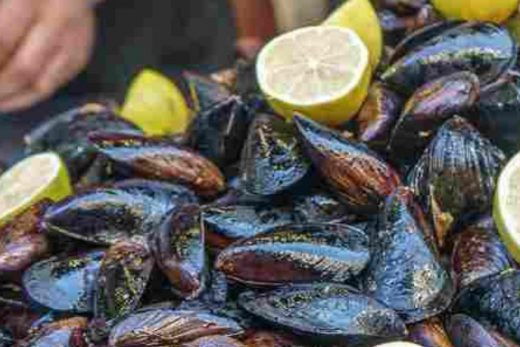Then there were the healthier cereals that continued marketing to adults, like Corn Flakes, whose ads featured the cereal laden with fresh strawberries, or Grape Nuts, which began focusing on its protein content. They stayed attuned to the diet fads of the day, like “diet” cereals for calorie counters, and stuck with the messaging that one bowl could be all you needed. When introduced in 1967, Product 19 advertised it was for “working mothers, otherwise busy mothers and everyone in a hurry,” and provided 100% of your daily vitamin needs. Cereal could also be a snack, like Sugar Crisp claimed, or more than just a meal by itself. Many brands attracted buyers with recipes, hoping their product could move beyond the breakfast bowl, like a Cheerios recipe booklet that said you could crush them up and use them to bread pork chops. Through the 1960s, cereal boxes increasingly focused more on taste, fun, and flavor innovations, not on convincing consumers they need cereal in the first place—that work had already been done. Customers already knew that cereal was what they should be eating for breakfast, so the advertising shifted, focusing on which cereal to buy and what perks it offered. Cereal companies could play up technological advances that allowed for sugar coatings, bright colors, and freeze-dried fruit to be added. All that sugar? It was a selling point: It added energy! Flavor! It was baked right in so you didn’t have to sprinkle it on yourself!





